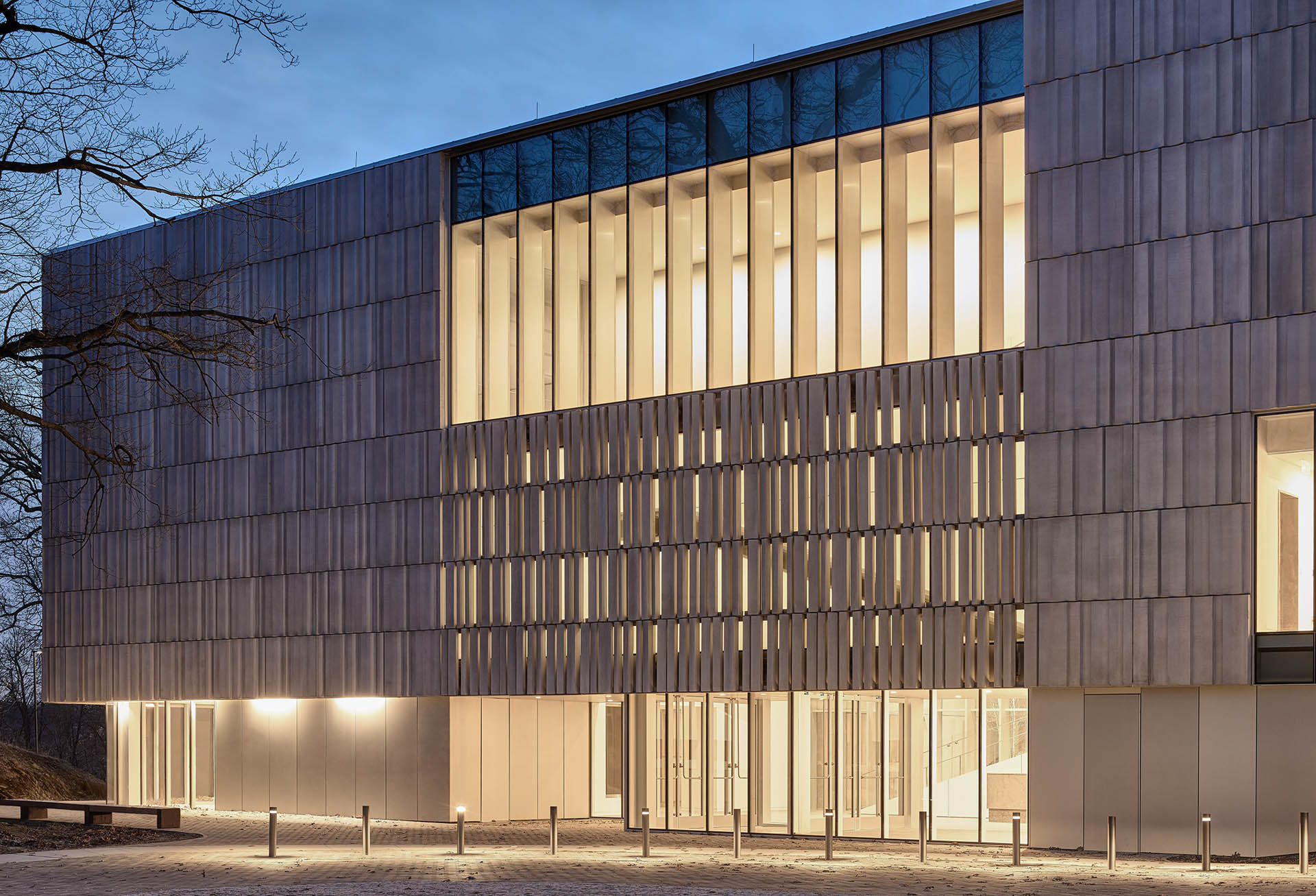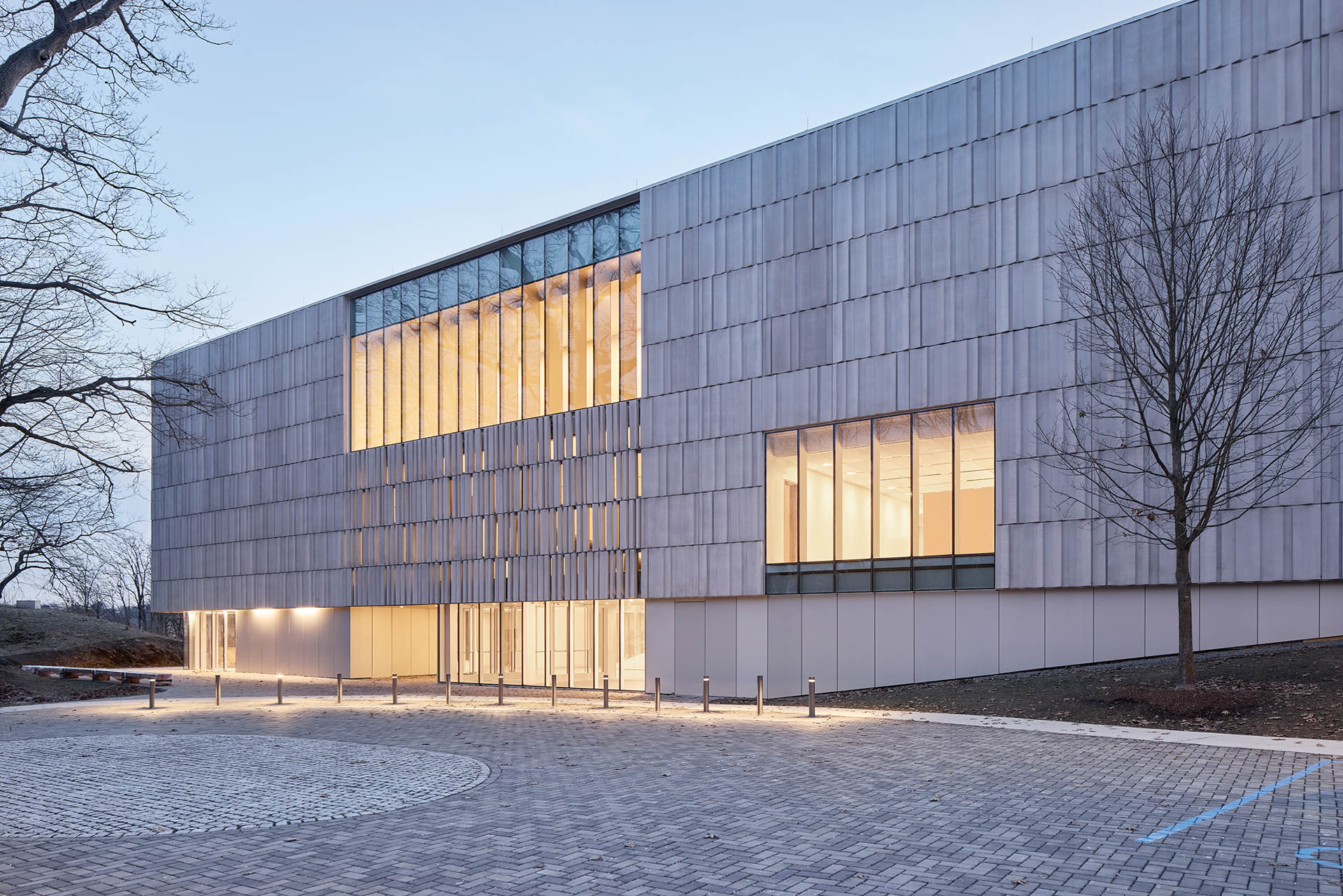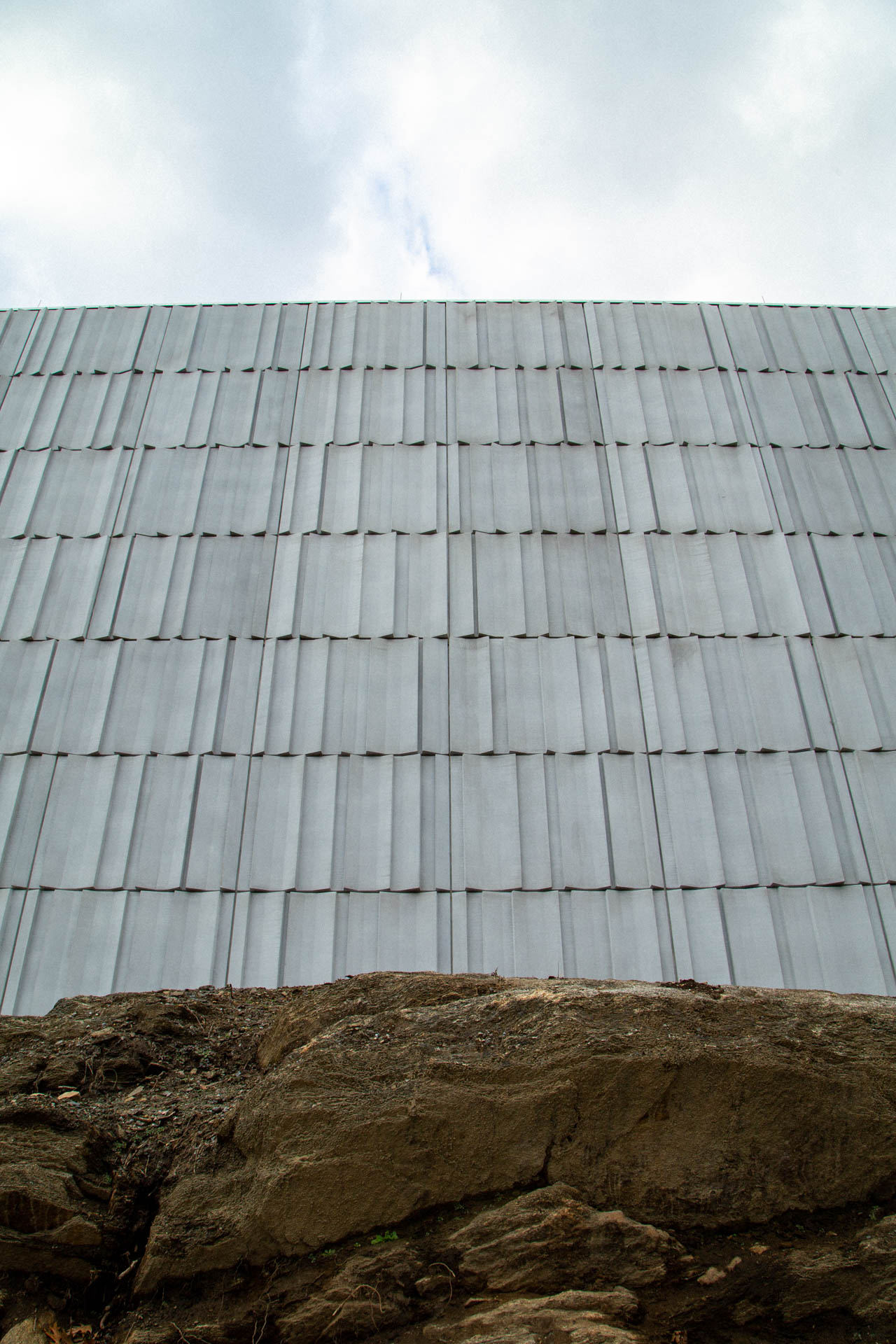
By Bill Andruss
I have long viewed Greenwich as the preeminent community in the Northeast. As a resident and local realtor, it is my privilege to introduce new clients to this wonderful town with something for everyone.
I’m proud of the storied history and heritage that lives here. More than just bricks and mortar, I sell a lifestyle and a quality of life that is incorporated into the services, schools, arts, culture, recreation, shopping and amenities that would make most Americans proud to call this town home.
Photography by Michael Biondo and David Ross
The Bruce Museum has been a fixture in town since the nineteenth century. The large granite house on the hill overlooking Long Island Sound was originally built by Francis Hawks, a lawyer and clergyman, as a private home in 1853. Five years later, Robert Bruce, a wealthy textile merchant and member of the New York Cotton Exchange, bought the estate. He deeded his property to the town of Greenwich in 1908 with the stipulation that it be used as a natural history and art museum for the use and benefit of the public.
In 1912, the museum’s first exhibition opened and featured the Greenwich Society of Artists, some of whom were members of the Cos Cob Art Colony. The Cos Cob Art Colony was largely composed of American Impressionists who congregated in the summer months from about 1890 until about 1920 in the Cos Cob section of Greenwich. John Henry Twachtman along with Julien Alden Weir, Childe Hassam, Theodore Robinson and others found the town had a rural quality that was very appealing to them as artists. Edward Clark Potter was the founder and first president of the Greenwich Society of Artists and a Greenwich resident himself. He is perhaps best known for his pair of Tennessee marble lions, known as Patience and Fortitude, that flank the New York Public Library. Greenwich residents will know that he sculpted the memorial to Raynal Bolling that sits on the property of the Havemeyer Building.
In 2020, The Bruce Museum launched a stunning transformative $60 million campaign, which when complete, will double the size of the museum to 70,000 square feet. Not only will it add state-of-the art spaces for exhibitions and education, but it will expand its areas for natural history, science and art.
Weeks ago, my wife and I were fortunate enough to take a behind the scenes tour with Robert Wolterstorff, the museum’s new The Susan E. Lynch Executive Director, Whitney Rosenberg, Director of Development and Board Member and Trustee, Karen Keegan. To say I was impressed would be an understatement. World-class museum were the first words that came to mind.
More than anything, I believe the New Bruce Museum will be a place for community and a place of engagement with an emphasis on education.
Upon the completion of our tour, I turned to my wife and said, “Amazing things will be happening here.”
The New Bruce Museum is scheduled to open this spring and will be another attraction that draws residents and visitors to this special town of Greenwich. Come see for yourself.
For the last thirty years, Bill Andruss has been a successful realtor living and working in Greenwich, Connecticut. He works for Compass.





